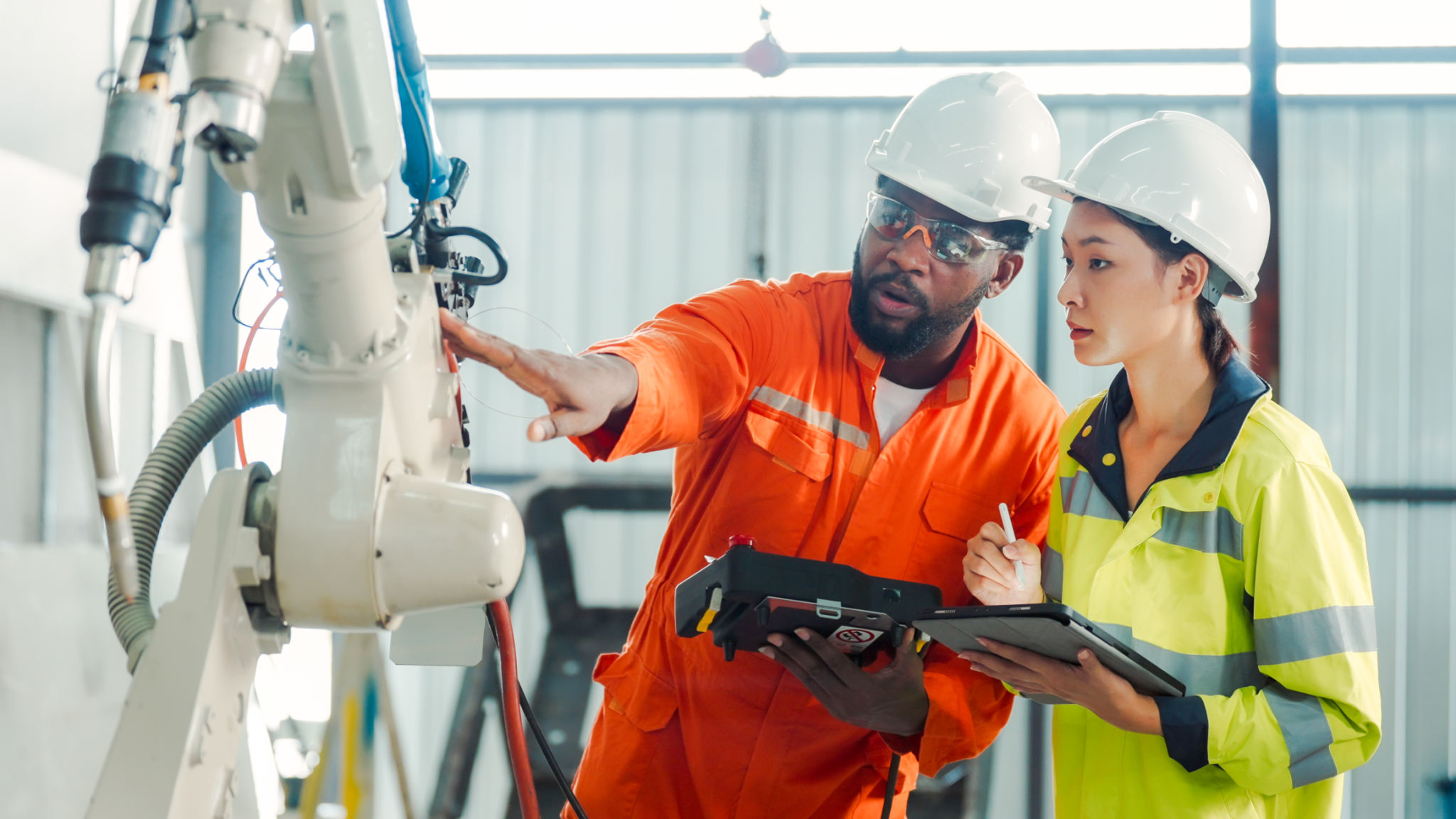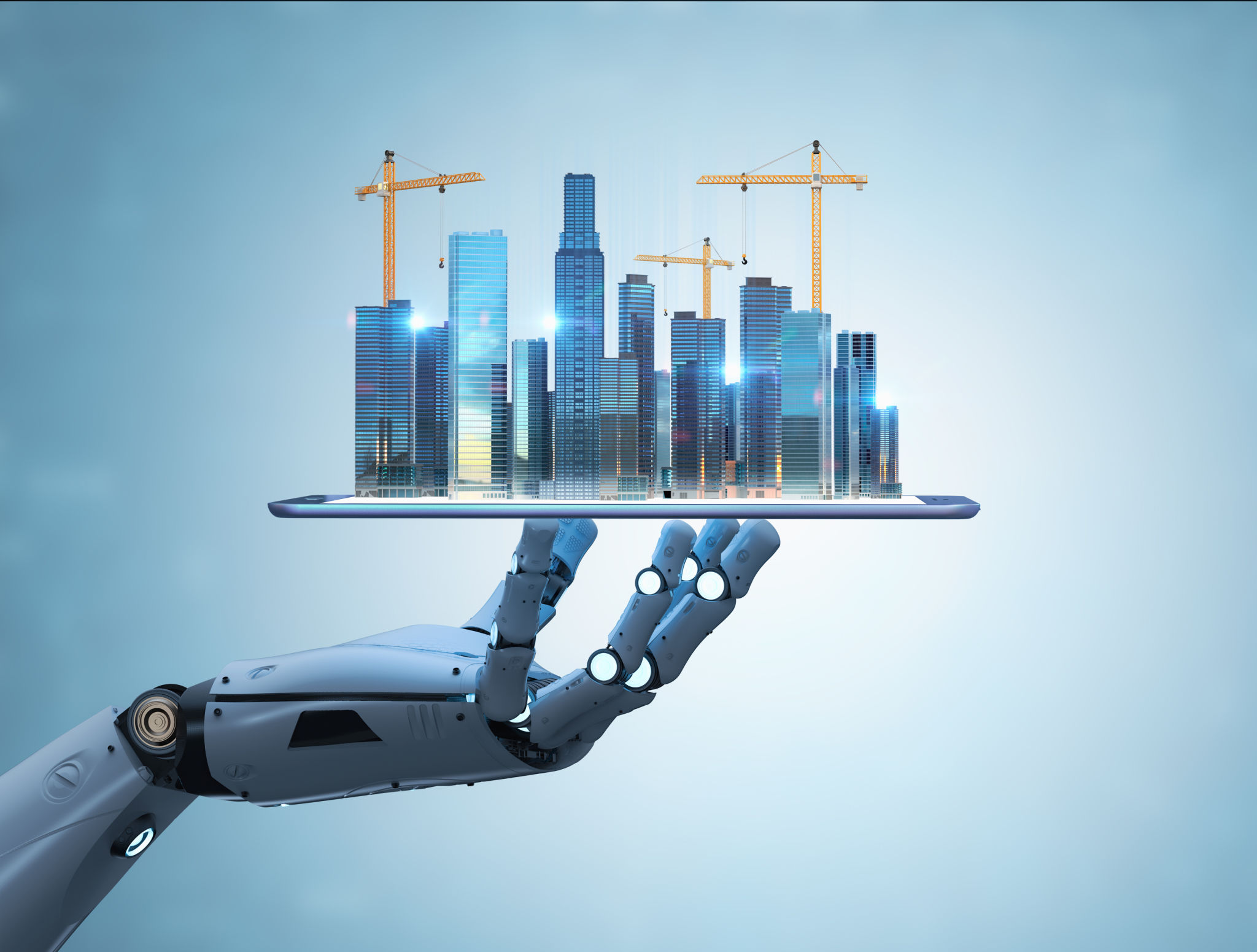Expert Insights: The Future of General Engineering and Construction
Da
Embracing Technological Advancements
The future of general engineering and construction is poised for significant transformation, driven by rapid technological advancements. As industries across the globe embrace digital innovation, the construction sector is no exception. Technologies such as Building Information Modeling (BIM), 3D printing, and drones are reshaping how projects are designed and executed. These technologies not only enhance precision but also improve project timelines and cost-effectiveness.
BIM, for instance, allows for the creation of detailed digital representations of buildings, facilitating better collaboration among stakeholders. This technology significantly reduces errors during the construction process by providing a more accurate visualization of the project. Additionally, 3D printing is emerging as a game-changer, enabling the swift production of complex structures with minimal waste.

Sustainability and Green Building Practices
With increasing awareness of environmental issues, sustainability has become a central focus in engineering and construction. The industry is shifting towards more environmentally friendly practices, aiming to reduce its carbon footprint. This involves using sustainable materials, improving energy efficiency, and implementing waste reduction strategies throughout the project lifecycle.
Green building certifications, such as LEED (Leadership in Energy and Environmental Design), are gaining popularity as they provide a framework for sustainable construction practices. These certifications encourage the use of renewable resources and innovative designs that promote energy conservation. As a result, green buildings are not only beneficial for the environment but also offer long-term cost savings through reduced energy consumption.

Automation and Robotics
Automation is another key trend shaping the future of engineering and construction. The integration of robotics into construction processes is enhancing efficiency and safety on job sites. Robots can perform repetitive tasks with precision, reducing the risk of human error and allowing workers to focus on more complex tasks that require human intelligence.
The use of robotics extends beyond construction sites, influencing project management and monitoring. Drones, equipped with advanced cameras and sensors, provide real-time data and imagery, aiding in site inspections and progress tracking. This technology not only improves project accuracy but also enhances safety by minimizing the need for manual inspections in hazardous areas.

Enhancing Safety Standards
Safety remains a top priority in the engineering and construction industry. As new technologies are adopted, there is a parallel emphasis on enhancing safety standards. Wearable technology is becoming increasingly popular, providing real-time monitoring of worker health and safety conditions. Devices such as smart helmets and vests equipped with sensors can detect potential hazards and alert workers to prevent accidents.
Moreover, virtual reality (VR) is being utilized for safety training, offering an immersive learning experience that prepares workers for real-life scenarios. By simulating potentially dangerous situations, VR training helps workers develop the skills needed to respond effectively to emergencies, reducing the likelihood of accidents on the job site.
The Role of Artificial Intelligence
Artificial Intelligence (AI) is gradually becoming integral to the engineering and construction sectors. AI-powered tools are being used to analyze data, optimize workflows, and predict potential project risks. For instance, AI algorithms can process vast amounts of data to identify patterns and trends that may indicate future challenges or opportunities.
This predictive capability allows project managers to make informed decisions, ultimately improving project outcomes. Additionally, AI supports efficient resource allocation by analyzing site conditions and material requirements, ensuring optimal use of resources while minimizing waste.

Future Workforce Development
As technology continues to evolve, so too must the skills of the workforce in engineering and construction. There is an increasing demand for professionals who are adept at using advanced technologies and can adapt to rapidly changing industry trends. This shift necessitates a focus on education and training programs that equip workers with the necessary skills to thrive in a technology-driven environment.
Collaboration between educational institutions and industry leaders is crucial to developing curricula that address current and future industry needs. By investing in workforce development, the engineering and construction sectors can ensure they have the talent required to harness new technologies effectively.